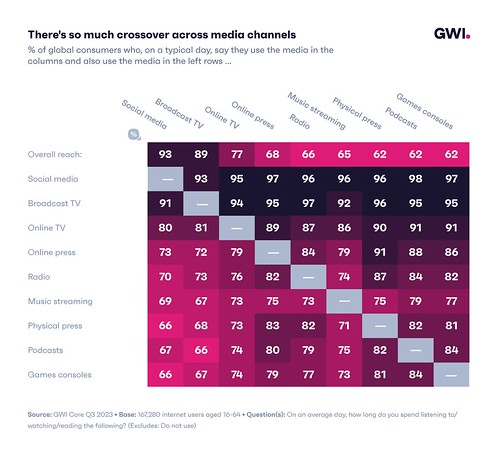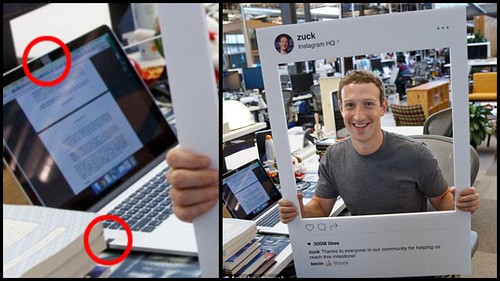The current debate over car screens / car as computer design reminded me a lot of the journey that synthesisers have gone through.
I went down this train of thought on car screens thanks to a LinkedIn post by Nic Roope, reacting to an article published in Car Design News in praise of push buttons.
There is a view in car circles that the reliance on screens to mediate so many of the functions of a car can be a bad thing. I can understand it. For enthusiasts driving a car is still a very analogue experience including the haptics of direct steering connectivity and a manual gearbox.
I would be remiss if I didn’t share the opinion of Doug DeMuro who argued the case for screens in terms of two reasons:
- Costs. Buttons cost more money and there would be the associated connectors. Modern vehicles offer such a range of controls, that doing them in buttons rather than soft buttons and car screens would be cost and space prohibitive.
- Technological momentum. DeMuro essentially articulates a position similar to Kevin Kelly’s concept of the technium in his book What Technology Wants. Kelly uses a biological metaphor of progress as an organism or Gaia type metaphor that keeps growing and moving at its own pace. While Kelly has been accused to techno-mysticism, we do know that the development of key technologies like television or the light bulb were happening at the same time in different parts of the world in isolation from each other – there had become a time when they were inevitable.
the greater, global, massively interconnected system of technology vibrating around us
Kevin Kelly on the technetium in What Technology Wants
Colin Chapman versus software engineers.
DeMuro’s first point is based on the proposition that all this extra control in car screens is a good thing. Do we really need to have car interior mood lighting? And if we do, do we need to have colours that result in night blindness and make the car interior looks like a booth at a bottle service bar in Dubai?
For some drivers, the answer will be no.
Different car manufacturers have had different models that do very different things. One of the philosophies articulated most by car enthusiasts is that of Lotus cars founder Colin Chapman “simplify, and add lightness”.
Chapman’s design ethos was very in-tune with the likes of mid-century thinkers like polymath Buckminster Fuller and those he influenced notably architect Sir Norman Foster.
Chapman’s world view wasn’t perfect his vehicles were fragile and had quality issues, partly due to his daring use of new materials and techniques influenced by aerospace. It’s also a world away from the Tesla approach, where the vehicle can’t be started up without the screen even as a ‘limp mode’ function.
Instead the Tesla pickup and car screens are infested with boondoggles including:
- A video of a fireplace filled with burning logs
- A game that allows you to break the windows of a virtual CyberTruck
- Customisable horn sounds including celebrity voices
- A pre-programmed light show
Modern car economics.
Car screens have advanced in tock-step with the move towards an electric car future. A technology transition at the best of times is difficult, but the car industry has other problems that will impact consumer views of vehicles.
Consumer choice.
In the 1970s cars cars seldom lasted over a decade, but due to improvements in corrosion treatment and car design that removed water traps the potential life of a car was extended. Given that classic cars are much less damaging to the environment. The average classic emits 563kg of CO2 per year, yet an average passenger car has a 6.8-tonne carbon footprint immediately after production. This means that a new car would need to be run for several years to achieve a similar climate ‘payback’ and older cars can be attractive for consumers, if they meet their needs reliably.
Vehicle affordability.
Over the time I have held a driving licence, the secondhand car market went from being the dumping ground for fleet sales to the Alice In Wonderland after effects of the lease agreements that drove new and nearly-new car sales. The financialisation of the car market isn’t without risk and has been considered a possible future risk in the way that consumer finance and home mortgages have been in the past.
So what do car touchscreens have to do with synthesisers?
In order to answer that question, we need to go back in time. Massive steps forward in electronics had inspired research into different ways of creating sounds based on modulation techniques used in radio broadcast signals for decades. In the 1960s digital technology was also moving forward and provided a more stable base for FM synthesis. Stanford University scholars worked with Yamaha technologists to turn FM synthesis into a product.
The first instrument that it appeared in was the New England Digital Synclavier, who had licensed the technology from Yamaha. The Synclavier, was a couple of racks full of computer storage, a processing unit, cooling and audio interfaces. This was all connected up to a monitor and a keyboard. Over time the Synclavier would evolve into the ancestor of the modern digital audio workstation (DAW) like Apple’s Logic Pro app.
1983, comes around and Yamaha is finally ready to launch a mainstream product featuring FM synthesis. it also features MIDI, a standard that is still used to control musical instruments (and other studio equipment) remotely. Roland had released a couple of devices that supported the standard.
But Yamaha’s DX7 proved to be the blockbuster product. At that time electronic music was a niche interest and instrument manufacturers would be very lucky to sell 50,000 units. Yamaha sold over 300,000 units in the first three years of sales over its 7 year life and 10,000s of more devices of the DX and TX families.
Digital changes the interface
Analogue synthesisers wer full of switches and dials. This Oberheim synthesiser above, isn’t that different from its analogue predecessors from five decades prior.
The DX7 was a very different beast, it couldn’t have a dial or button for every parameter, rather like modern car screens with endless settings. So it had a few buttons which changed their function depending on what the synthesiser. A few earlier models had limited sales with a similarly spartan approach, but the DX7 mainstreamed the idea.
A few things happened that might be instructive for how we now think about car screens:
- Other synthesiser manufacturers like Roland and Korg copied Yamaha’s approach to interface design. Some of them tried using devices like jog wheels to provide additional intuitive control, in a similar way conceptually to BMW’s iDrive interface for its car screens.
- Software companies looked to fill the gap to provide a better interface, which eventually begat modern software digital audio workstation applications like Logic Pro. We might see similar developments sold for cars, and this is likely the opportunity that the likes of Apple CarPlay sees. There is consumer demand to support it.
- Despite the obvious benefit of soft button driven instruments, there still remained a strong demand for analogue controls. Now there is a strong demand for tactile interface controls and old style synthesis. In the car world that would equate to providing car enthusiasts with analogue experiences, while the mainstream goes to Tesla minimalism of the car screen. We can see this in the design of Hyundai’s analogue feeling performance electric cars that try and emulate a manual gear box and Ineos’ switch gear that owes more to aviation than automotive manufacturing.
You can find similar posts to this here.
More information
Average Age of Cars in Great Britain | NimbleFins
In praise of pushbuttons (and other physical controls) | Car Design News











